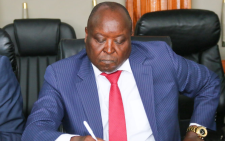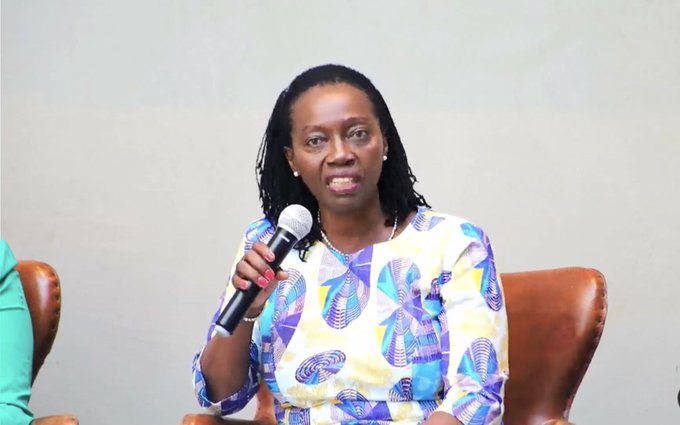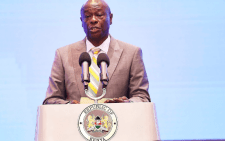The changing climatic patterns are just a signal to Kenyans — and the rest of Africa — that there lurks a significant risk threatening the lives and livelihoods of its people that needs urgent attention.
Since the damage has already been done, and the risks cannot be reduced to zero overnight, it is upon the governments and other key stakeholders to take decisive action to purposively ensure that climate change is made manageable by mobilising companies and citizens to take actions that will reverse adverse effects such as desertification by, for instance encouraging the planting of more trees. This requires a lot of forward planning and putting in place measures that not only reduce climate risk, but also accelerate development and cut poverty levels since climate changes are depleting global resources faster than at any other time in history.
The dangers are alarming and that is why world leaders and activists meet every year to forge a global response to the climate change emergency. As it were, President William Ruto is currently in Egypt, hoping to help push the case for proactive plans to safeguard the future of the planet and to seek commitments that will cushion the most vulnerable populations, particularly in Africa. Well aware that developing countries are among the hardest hit with climate change shocks, due to erratic weather, floods and drought, the meeting will be an eye opener for Ruto to lead this agenda.
This way, he will have the responsibility of ensuring that Kenya becomes more prepared to tackle climate change challenges on the one hand while also benefitting from funds set aside to cushion emerging economies from climate change shocks, such as cyclical droughts and floods. Adaptation is no longer an afterthought and African leaders must continue with the interventions already being implemented even as governments step up efforts to catalyse robust economic development while also reducing vulnerability to climate change. This way, more people will rise from poverty. Strong predictors of vulnerability to climate change include challenges in access to basic services all of which are areas requiring government interventions.
While the banking sector has shown a good way to tap the synergies in the financial sector to push for funding of greener projects, other sectors must be pushed to adopt practices that are both sustainable and friendly to Mother Nature. This is now the time to spur the adaptive capacity of more households and companies, many of which only need information, financing and policy incentives to embrace positive change and become part of the climate action solution.

















